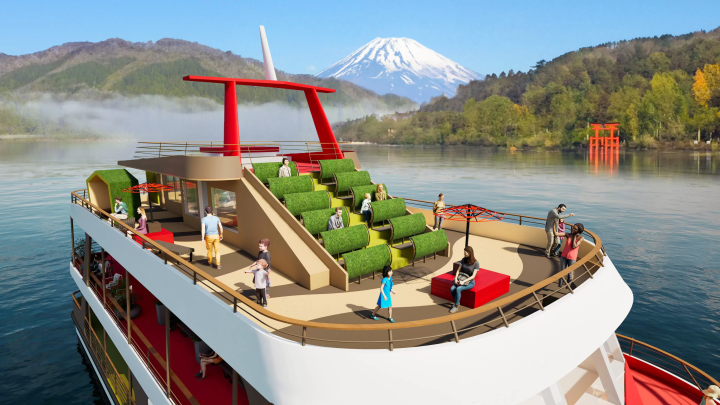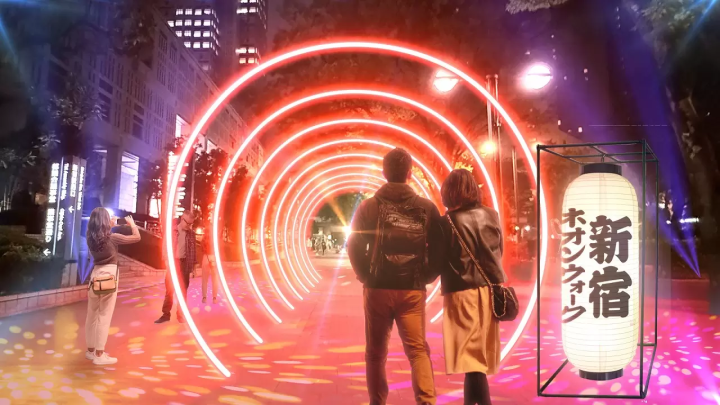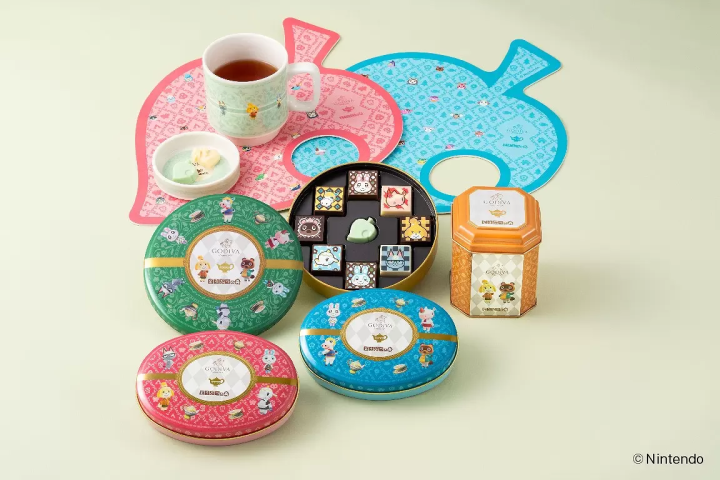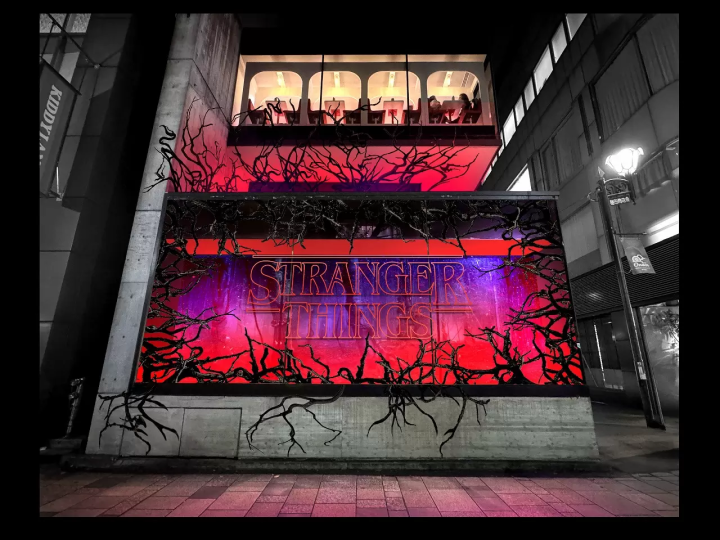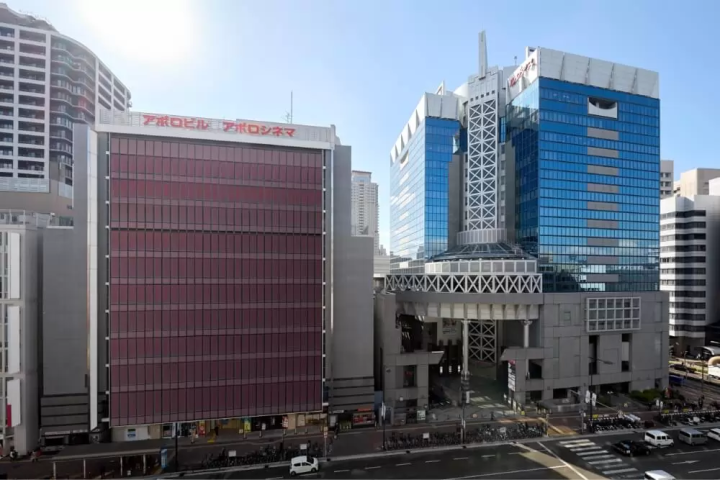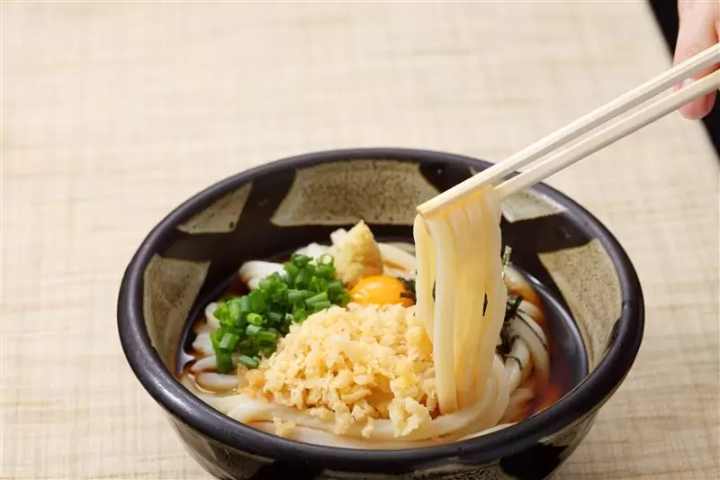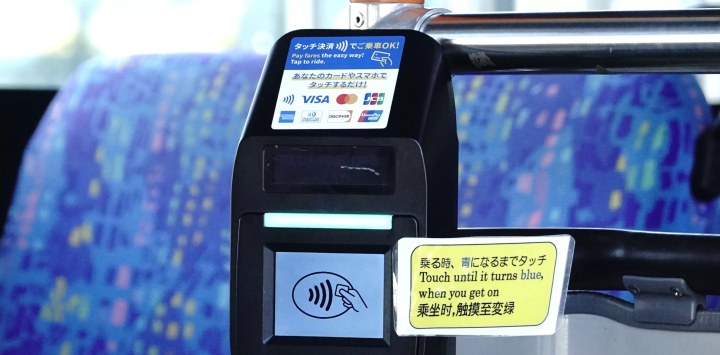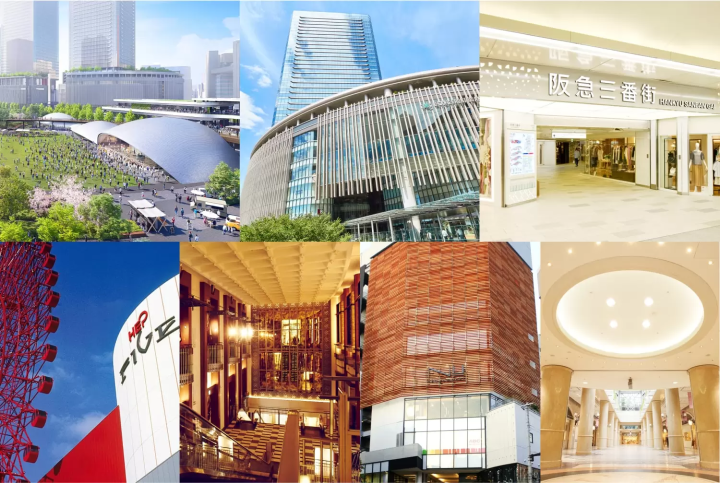Get away from the hustle and bustle of the city and enjoy a relaxing trip to a hot spring to immerse yourself in Japanese culture

Kinosaki Onsen, located in northern Hyogo, is one of the Kansai region's leading hot spring towns. With a history of 1,300 years, Kinosaki Onsen has retained its old streetscape and is a hot spring town that is fun to stroll around, with plenty of cafes, food spots, and souvenir shops. In this article, we'll introduce an itinerary for spending a relaxing time in Kinosaki Onsen, just 2.5 hours from Osaka, away from the hustle and bustle of the city.
2 days/1 night
You may take the direct express "Kounotori" or transfer to the express "Kinosaki" at JR Fukuchiyama Station.
*All seats on the Kounotori and Kinosaki express trains are reserved.
If you leave Osaka Station at around 9am, you will arrive exactly at 12pm, so we recommend leaving in the morning.
There are many delicious lunches such as rice bowls and curries using local ingredients. Recommended dishes are the Tajimagen Tasting Set (4,900 yen including tax) and the Special Children's Lunch (5,500 yen including tax).
Once you've had your fill, head out for a stroll around the hot spring town. After about a 10-minute walk, you'll arrive at the Kinosaki Onsen Ropeway, browsing the shops and other attractions along the way.
The ropeway ride takes about 4 minutes.
*You can also walk there without taking the ropeway (time required: about 20 minutes)
The hotel is built around a Japanese garden, so each guest room offers a different view.
From November to March, you can enjoy "Tsuiyama crab" caught near Kinosaki Onsen, which is one of the kings of winter delicacies, "Matsuba crab." You can enjoy dishes made with locally caught ingredients, including "Tajima beef," famous for being the base for branded beef such as Kobe beef and Matsusaka beef, "Tajima rice" raised in a safe and secure environment, and "fresh seafood" caught in the Sea of Japan.
After dinner at the ryokan, visit the outdoor baths (public baths) in Kinosaki Onsen town and enjoy local craft beer, gelato, and more.
*Mandara-yu is the closest public bath to Gosho-no-yu (closed on Wednesdays)
* "Gosho-no-yu" is open from 7am. Closed on Thursdays.
It takes 4 minutes on foot from Nishimuraya Main Building to Kamiya Mingei Shop on Kiyamachi Alley.
If you have time for another night or two, you can also enjoy the surrounding sea and castle town.
This time, we introduced an example of a two-day, one-night trip starting from Osaka to Kinosaki Onsen.
Spots introduced in this itinerary
The birthplace of hot spring tours in yukata and geta There are 7 public baths in Kinosaki Onsen town. Kinosaki Onsen can be compared to a large hot spring inn, with the station being the ``guiseki'', the roads being the ``corridors'', the inns being the ``guest rooms'', and the public baths being the ``public baths''. If you change into a yukata, relax, and go out on the town, you will become a character in this world.
The contents on this page may partially contain automatic translation.
































